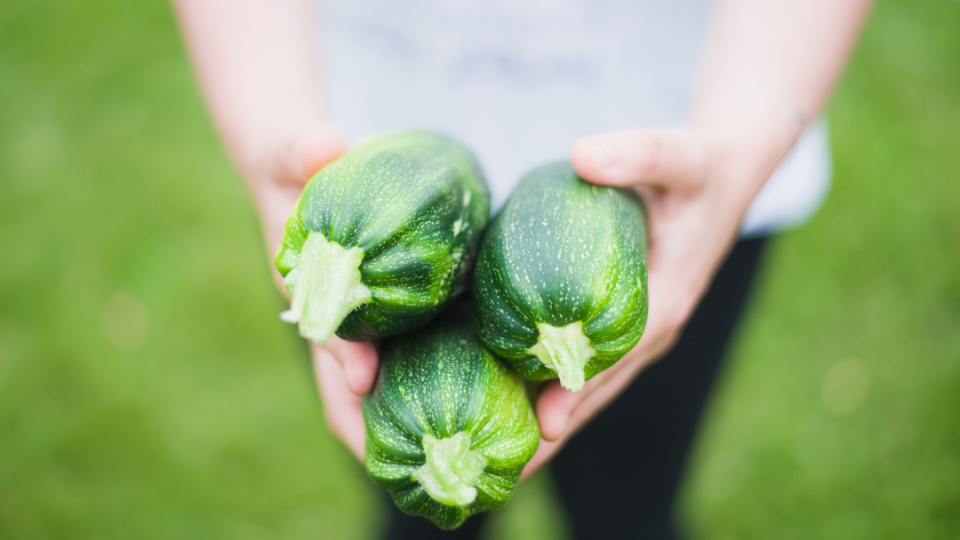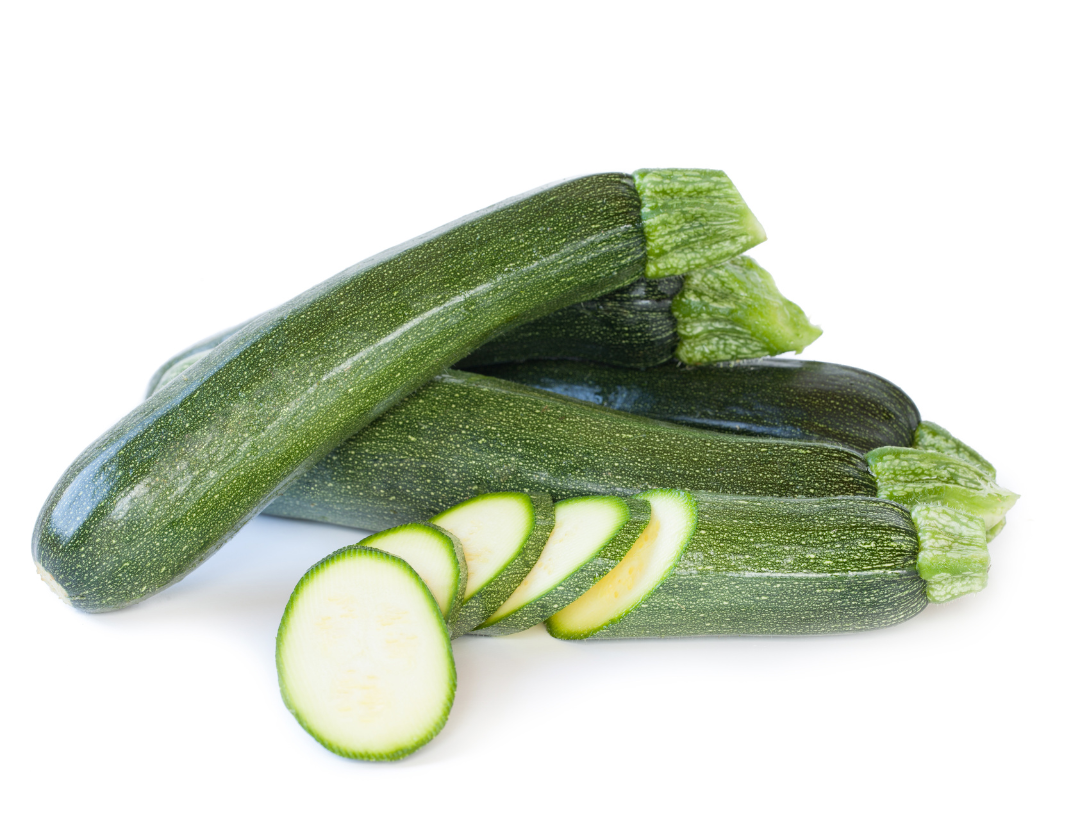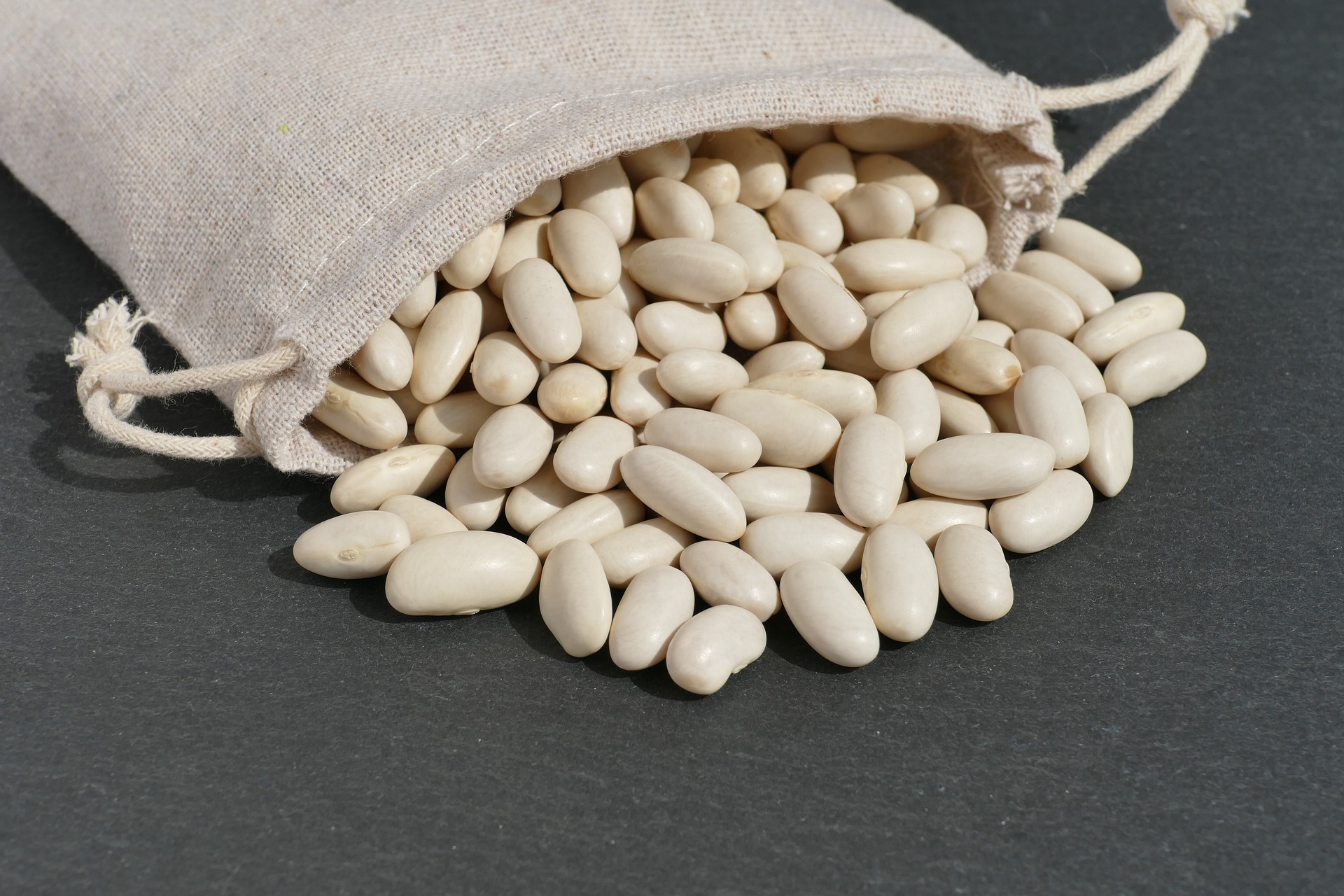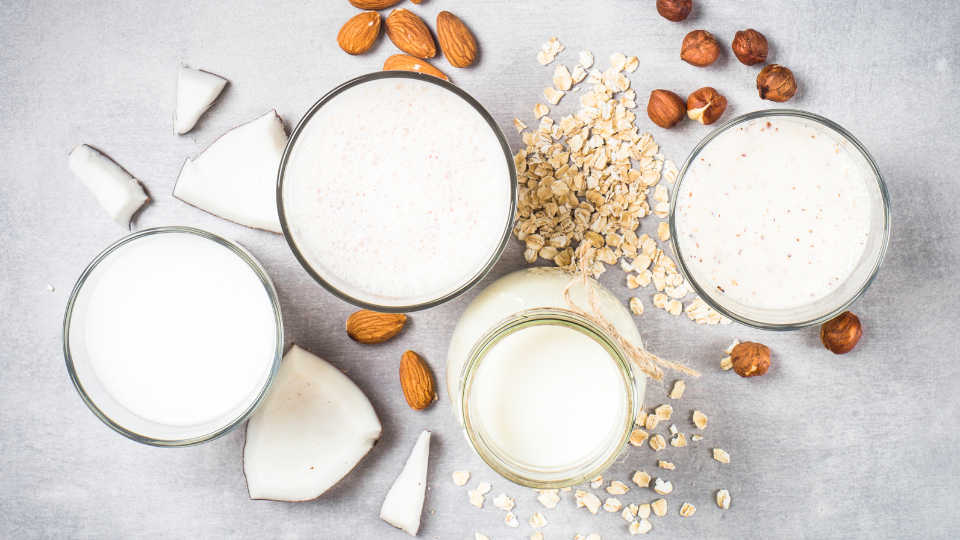Fruit and Vegetable Guide Series: Zucchini

Utah Local Fresh Season: Zucchini are considered a summer squash and therefore come into flowering in the summer months 35-45 days after planting.
Availability: These squash are prevalent throughout the state and are considered prolific once they start to produce fruit. Zucchini are found in local supermarkets year-round but are most abundant in farmer’s markets and home gardens July-September.
Eating: Squash can be eaten fresh out of the garden with or without the skin by simply rinsing well and removing the stem end. It can also be cut and steamed or baked and used in many recipes.
Selecting: Whether purchasing or picking zucchini—choose firm, slender zucchini with a bright green color and free of wrinkled skin and soft spots. For best quality, harvest zucchini when it is young and tender, about 6 to 8 inches long and about 2 inches in diameter. As zucchini gets longer and bigger around, it becomes tougher and develops more seeds. Larger zucchini can be shredded and used in zucchini bread, cake, or cookies. For best results, first scoop out seeds and pulp with the tip of a spoon.
Cleaning and Preparing: Wash zucchini just before preparation using cool water to remove any extra dirt or debris on the outside of the zucchini. Unlike winter squash, zucchini skins/peels are tender and may be left intact to add color and nutrients.
Storing: Store fresh picked or purchased zucchini in a plastic bag in the refrigerator for up to one week for best quality. Be sure the zucchini is dry and unwashed when you put it in the bag as moisture will encourage mold and spoilage.
You can also store unwashed zucchini in perforated plastic bags (marketed as “fresh produce” bags) in the crisper drawer of the refrigerator- wash zucchini just before preparation. “You can either purchase perforated plastic bags or make small holes with a sharp object in unperforated plastic bags (about 20 holes per medium-size bag).
For best quality, use zucchini within about 3 to 4 days. Wash zucchini just before preparation. Zucchini makes a quick addition to meals as it doesn’t have to be peeled!
Cooking: Zucchini is best if cooked when fresh and small as it will have more moisture. Steaming produces the crispest, least soggy vegetable. If using zucchini in a casserole recipe, it may be parboiled or steamed to remove some of the moisture. Or make allowances of the amount of moisture to avoid having an extra, runny result!
Incorporation into other recipes and meals:
- Slice, marinate (try balsamic vinegar) and grill a variety of vegetables including zucchini, asparagus, green onions, eggplant, and mushrooms. They’re delicious!
- Cut up veggies like carrots, zucchini, and potatoes. Add them to your favorite meatloaf or soup recipes.
- Take your favorite lasagna recipe and try adding different combinations of your favorite vegetables between the layers: mushrooms, spinach, broccoli, carrots, zucchini, onions, or eggplant. Be creative.
- Add raw zucchini to lettuce and pasta salads. Cut zucchini into sticks and serve with a dip.
- Slice zucchini, sauté in oil over medium heat for about 5 minutes until tender crisp; toss into heated pasta sauce for a veggie-packed pasta topping.

For more ways to prepare fresh zucchini, see: https://blogs.extension.iastate.edu/spendsmart/tag/zucchini/
Nutrition Highlights: One medium zucchini (about 1 cup raw) has about 35 calories. It is a good source of vitamins, C, A, and several B vitamins. To obtain the full benefit of fiber contained in the squash, make certain to leave the skin intact. Zucchini also contains smaller amounts of valuable minerals such as potassium and manganese.
Preserving Zucchini: Summer squash is not recommended for home canning. However, it can be successfully frozen, pickled, or dried.
- Freezing - Select squash when 5 to 7 inches long and rind is tender and seeds small. Simply wash and cut in pieces. Blanch 1/4-inch slices 3 minutes and 1 1/2-inch slices for 6 minutes. Chill immediately in ice water, pack in freezer containers, date and freeze.
- Pickling- Bread-and-Butter Zucchini
- 16 cups fresh zucchini, sliced
- 4 cups onion, thinly sliced
- ½ cup canning or pickling salt
- 4 cups white vinegar (5%)
- 2 cups sugar
- 4 Tbsp. mustard seed
- 2 Tbsp. celery seed
- 2 tsp. ground turmeric
- Cover zucchini and onion slices with 1 inch of water and salt. Let stand 2 hours and drain thoroughly. Combine vinegar, sugar, and spices. Bring to a boil and add zucchini and onions. Simmer 5 minutes and fill hot jars with mixture and pickling solution, leaving 1/2 –inch headspace. Remove air bubbles and adjust headspace if needed. Wipe rims of jars with a dampened clean paper towel. Adjust lids and process pints or quarts 15 minutes, altitudes 1,000-6,000 ft. in boiling water canner.
- Drying- Use only young, tender summer squash. Wash, peel, slice in strips or rounds ¼-inch thick. Blanch by immersing the slices in boiling water or using a steam blanching basket 2/12 to 3 minutes. Drain and pat dry with paper towel. Place in dehydrator for 2 ½ to 3 hours or sun-dry 6-8 hours until brittle/crisp.
- Freeze-drying- Follow the preparation instructions for freezing or drying except steam blanching is optional. ( https://harvestright.com/blog/2017/freeze-drying-zucchini/ )
- Make chips – just slice thinly, freeze dry, then toss with seasoned salt or sea salt.
- Preserved chunks for soups, stews, ragu, and ratatouille – place a single layer on the freeze-drying trays and preserve in airtight containers until you’re ready to use. You don’t need to rehydrate before adding to moisture rich recipes such as these – they’ll absorb everything they need from the broth.
- Preserve shreds for pancakes, fritters, muffins, and quick breads. A convenience of using freeze dried zucchini in quick bread, fritter and muffin recipes is that moisture is already removed so this step can be skipped before adding it to the batter. Freeze drying does that for you automatically, which makes the end result flavorful and moist.
- Preserve chunks for dog treats – most dogs love zucchini and munching on fibrous vegetables can help clean their teeth. Cut your chunks to the appropriate size for your dog, remembering they’ll shrink just a little when the moisture leaves. Keep them in an airtight cookie jar and dispense liberally.
Growing Zucchini:
For information regarding growing zucchini in the home garden, refer to:
https://extension.usu.edu/yardandgarden/research/summer-and-winter-squash-in-the-garden
References
- https://food.unl.edu/article/summer-squash
- http://extension.msstate.edu/publications/happyhealthy-newsletter-zucchini
- https://extension.umn.edu/planting-and-growing-guides/harvesting-and-storing-home-garden-vegetables#squash%2C-summer-8769124
- https://extension.umaine.edu/publications/4257e/
- https://extension.usu.edu/preserve-the-harvest/research/zucchini
- https://harvestright.com/blog/2017/freeze-drying-zucchini/
Authors
Kathleen Riggs, Extension Associate Professor
*This publication is a part of a series created by Create Better Health and Utah State Extension Employees. It has been reviewed and updated to include current evidence-based research and recommendations.
Related Nutrition Articles






